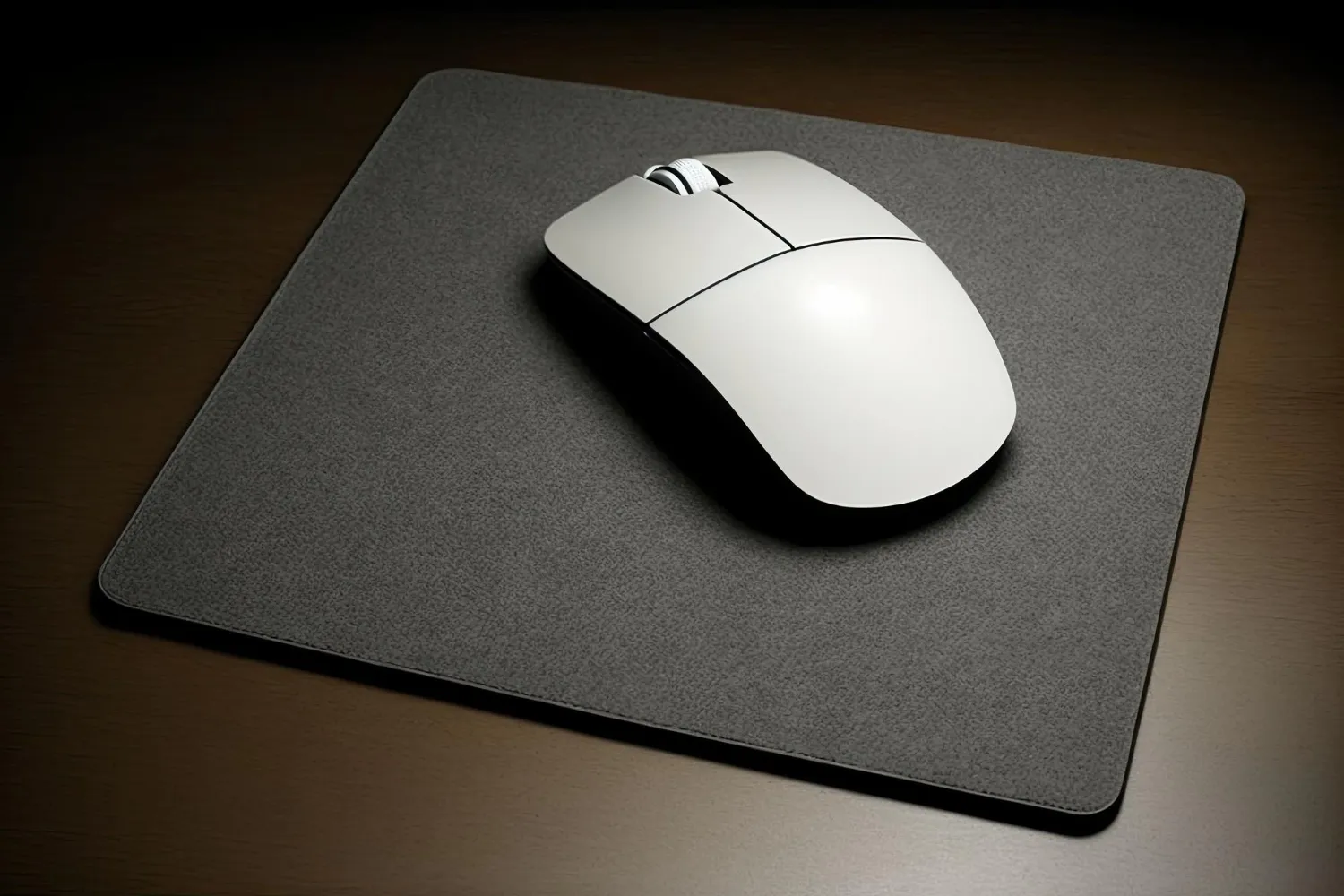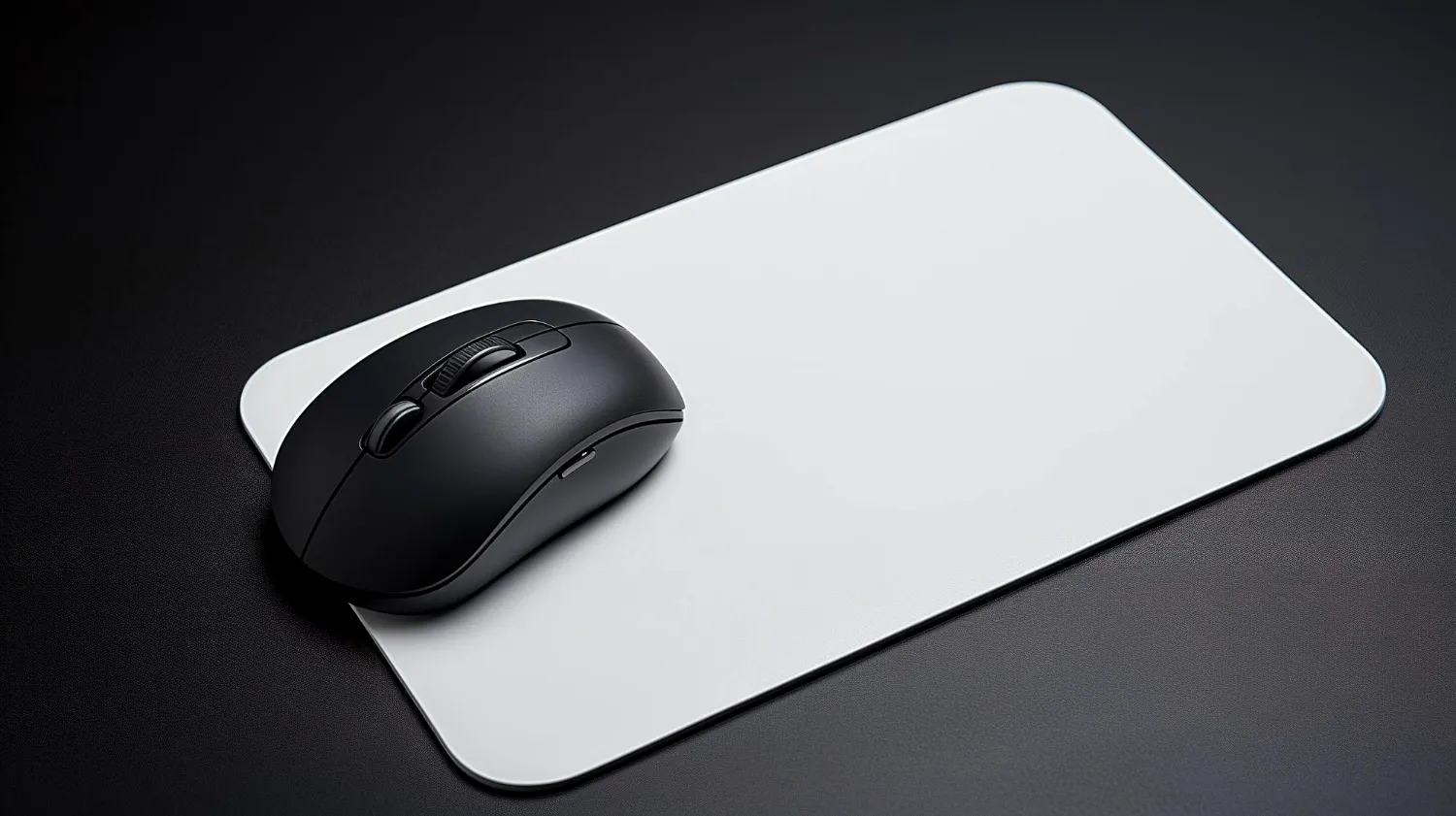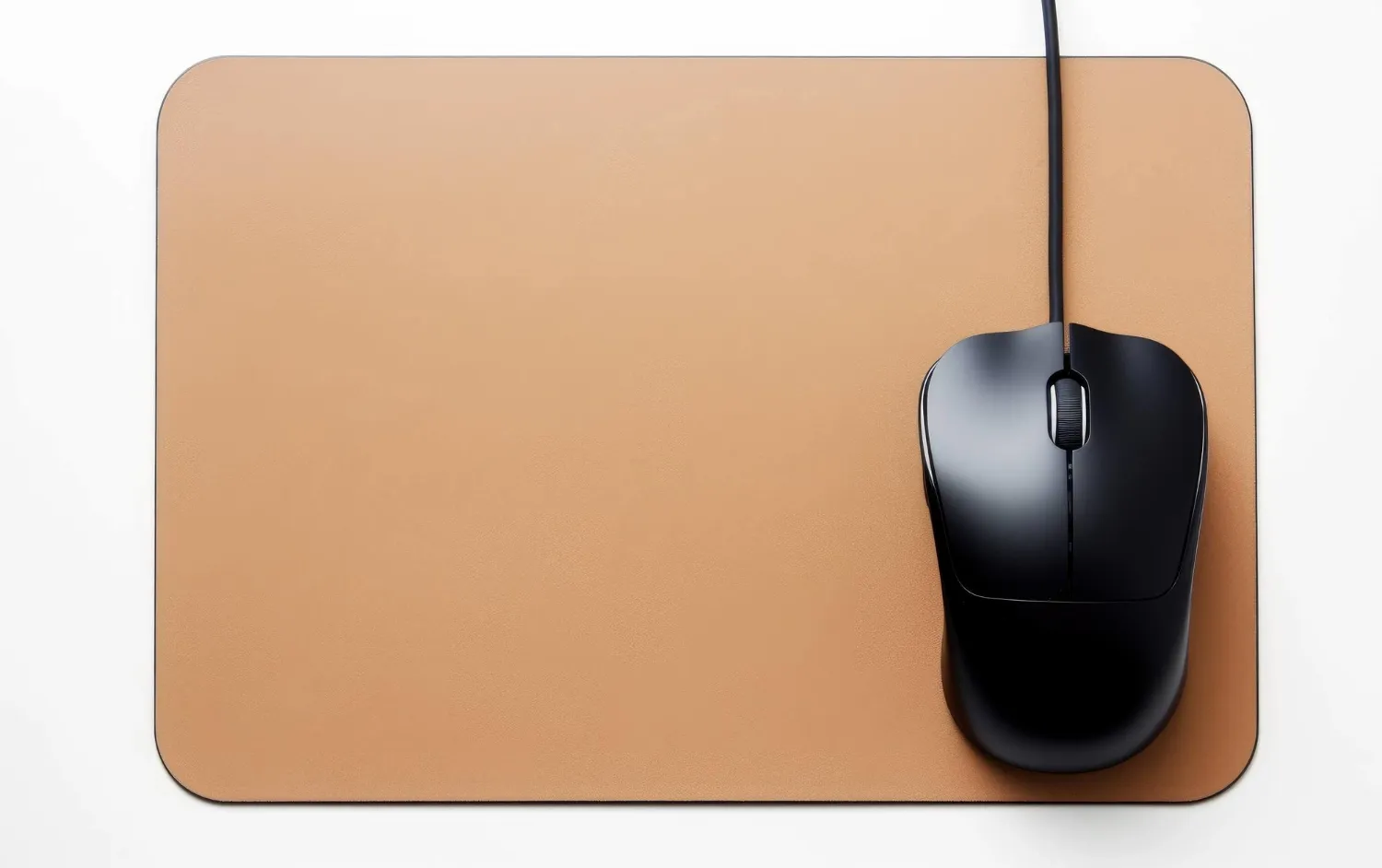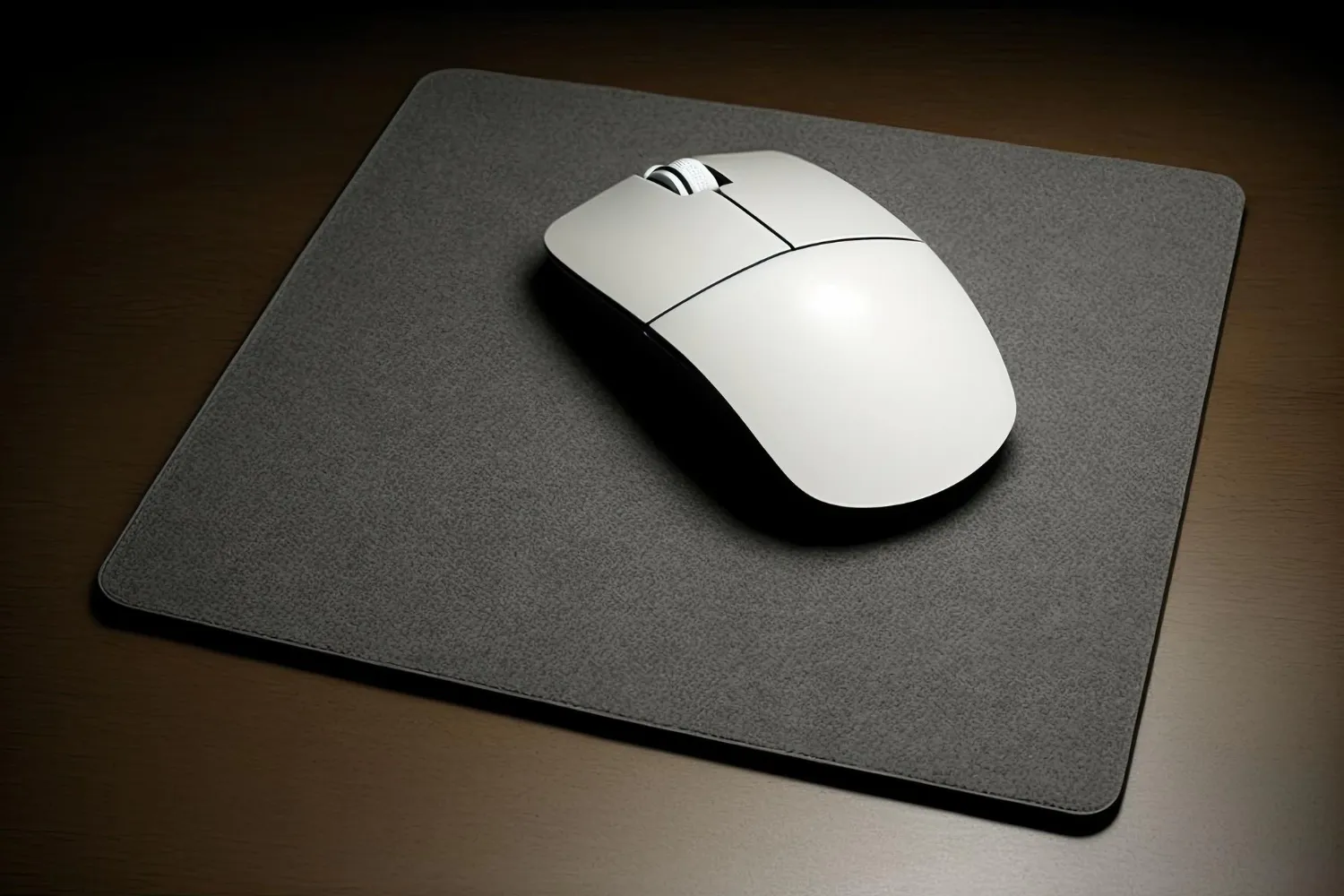How to Clean a Mouse Pad: Complete Step-by-Step Guide
Whether you use your computer for work or gaming, one thing remains the same – a mouse pad is a must. This handy device helps you control the mouse’s movement precisely, enhancing your overall computing experience.
Given how often you touch the mouse pad, you shouldn’t be surprised by how fast it gets dirty. Unfortunately, grime and dust build up in no time. And if you tend to eat around your computer, throw mysterious stains and even bacteria into the mix!
To avoid dealing with a dirty mouse pad (and potentially compromising your hygiene in the process), you should clean it at least once a week. Not sure how? Follow our step-by-step guide on how to clean a mouse pad, and that will no longer be the case.

Table of contents
-
How Not to Clean a Mouse Pad
-
How to Clean a Mouse Pad: A Detailed Step-by-Step Guide
-
Step 1 – Remove Your Mouse Pad From Sensitive Electronics
-
Step 2 – Shake Off Loose Debris
-
Step 3 – Gather the Necessary Supplies
-
Step 4 – Scrub the Mouse Pad
-
Step 5 – Let the Mouse Pad Air-Dry
-
Where to Purchase the Best Mouse Pads
How Not to Clean a Mouse Pad
Yes, you read that right. Sadly, many people take the wrong approach and end up ruining their mouse pads for good. That’s why we must first address what not to do when cleaning a mouse pad.
If you have a soft mouse pad, throwing it in the washing machine or a dishwasher is a big no-no. Even with a low-tumble setting, these machines will likely warp your mouse pad or damage its parts (e.g., the rubber bits used to keep it in place).
While the motion of these types of machines is harmful to soft-fabric mouse pads, their heat and suds can be detrimental to rubber and plastic models. The rubber typically used for mouse pads has a low melting point, so excessive heat shouldn’t come near it at any point, including the drying stage. This means that using a microwave, dryer, and hairdryer in the cleaning process is also out of the question.

How to Clean a Mouse Pad: A Detailed Step-by-Step Guide
Now that you know what you shouldn’t do when cleaning a mouse pad, let’s discuss what you should do. Here’s how to clean a mouse pad step by step.
Step 1 – Remove Your Mouse Pad From Sensitive Electronics
This step might sound like a given, but you’d be surprised how many people try to clean their mouse pad on their desks. This, of course, can result in moisture wreaking havoc on sensitive electronic components. Before cleaning your mouse pad, remove it from your computer.
Step 2 – Shake Off Loose Debris
After grabbing your mouse pad, you should head straight to a trash can. Give the mouse pad a good shake to dislodge crumbs, loose dirt, and other debris. This will help remove the surface-level contaminants before tackling the embedded issues.
Step 3 – Gather the Necessary Supplies
After the trash can, your next destination will be the nearest water source. But before running your mouse pad under water, gather all the necessary supplies.
What you use will depend on the fabric. But don’t worry; there are only a few products involved, regardless of the fabric. Even better, you probably have all those products lying around your home or office.
You’ll only need mild dish soap to clean soft cloth and plastic mouse pads. With hard mouse pads (e.g., plastic), you can be a bit more aggressive, so a laundry detergent can also do the trick. As for leather mouse pads, it’s best to stick to specialized cleaners designed for this fabric.

When it comes to cleaning “tools,” a toothbrush, a sponge, or a washcloth will do the job.
Step 4 – Scrub the Mouse Pad
With all the prep out of the way, there’s nothing left to do but to start cleaning.
Here’s what to do with soft mouse pads:
- Mix one part dish soap and one part warm water.
- Cover the mouse pad with the mixture.
- Let it sit for roughly 15 minutes.
- Gently scrub the surface to loosen up all the stains.
- Rinse with cold water.
For more durable mouse pads, the process looks pretty similar. The only difference is that you can use a slightly stronger detergent instead of dish soap, and you can scrub the mouse pad more aggressively. You can also skip Step 3.
If you own a delicate mouse pad (e.g., a photo-printed mouse pad), you’ll have to be significantly more careful. Forget about heavy scrubbing and any abrasive cleaners. Also, it might be best to focus on spot cleaning instead of putting the entire mouse pad through a complete cleaning process.

Step 5 – Let the Mouse Pad Air-Dry
Once your mouse pad is clean, it’s time to dry it. As previously mentioned, this step shouldn’t involve any artificial heat sources like a hairdryer. In fact, even the natural heat source – the sun – can ruin your mouse pad by causing its colors to fade.
The best option is to let your mouse pad to air-dry inside. Leave it on a clean and dry surface and let the air do its thing.
Once dry, return the mouse pad to its rightful place and resume your computing activities in peace.
Where to Purchase the Best Mouse Pads
Now that you know how to clean a mouse pad correctly (even if it’s photo-printed), nothing stands in the way of building a collection of these handy objects. Mouse Pads Now can help you with this endeavor, offering an easy way to design a custom mouse pad for your setup. Check out our incredible offering, and you’ll see that it’ll take less effort (and time) to order custom mouse pads than to clean them later.